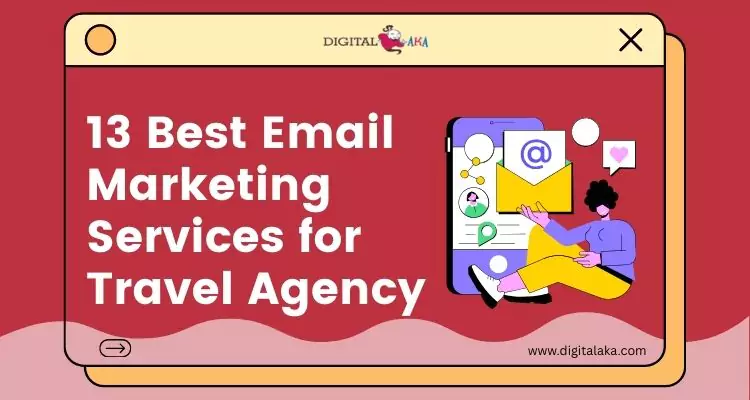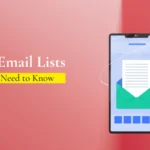
Buying Email Lists- What You Need to Know
April 7, 2025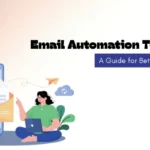
Email Automation Templates- A Guide for Better Engagement
April 14, 2025Email marketing is a strong way for businesses to talk to customers. But it must be used carefully and legally. One important law in the United States is the CAN-SPAM Act. This law helps protect people from unwanted or dishonest emails. It sets rules for businesses that send emails to customers. The CAN-SPAM Act says emails must be honest, give people a way to stop getting emails, and include the business’s real contact information. If a business breaks these rules, it can get into serious trouble and pay big fines.
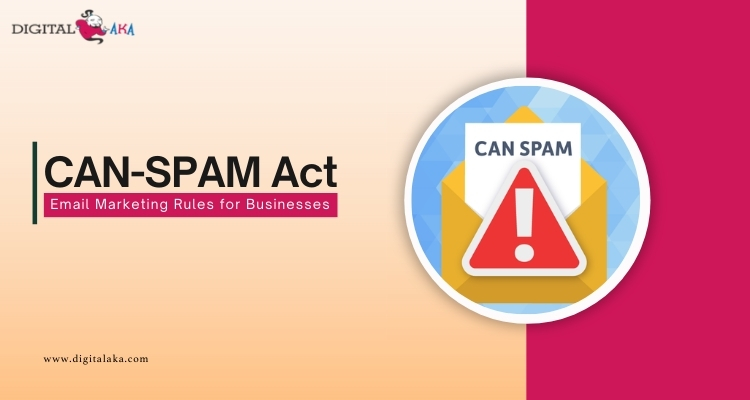
To follow the law, businesses should make sure their emails are clear, not trick people, and let people unsubscribe easily. This keeps email marketing safe and fair for everyone. Learning about the CAN-SPAM Act is very important for any business that sends emails to customers. It helps build trust and avoid legal problems.
Table of Contents
What is the CAN-SPAM Act?
The CAN-SPAM Act is a law made by the U.S. government in 2003. It helps protect people from unwanted and dishonest emails. These emails are usually sent by businesses trying to sell something. The law says that businesses must follow certain rules when they send marketing emails.
For example, businesses must clearly say who they are, what the email is about, and how people can stop getting more emails from them. They must also remove people from their email list if asked. This law makes sure that people do not get tricked or flooded with emails they don’t want. The CAN-SPAM Act is not a choice—it is the law. Every business that sends marketing emails must follow it. If they don’t, they can get into trouble or be fined. The goal is to keep email safe, honest, and not annoying for everyone.
Pricing
| Trail Plan | Standard Plan | Premium Plan | Professional Plan |
| $50 | $145 | $185 | $225 |
| Sending Limit | Sending Limit | Sending Limit | Sending Limit |
| 1000 Emails/Hour | 1500 Emails/Hour | 3000 Emails/Hour | 5000 Emails/Hour |
Key Features of CAN-SPAM Act Requirements
To follow the CAN-SPAM Act and send legal marketing emails, businesses must follow some clear and simple rules.
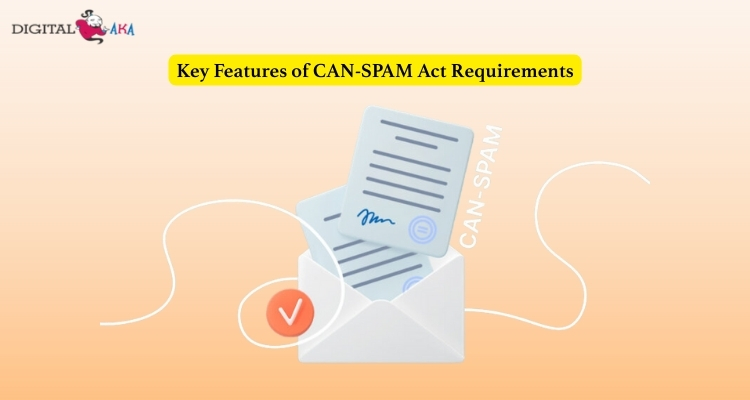
1. Use Real Information: The “From,” “To,” and email addresses in your message must be correct. People should know exactly who is sending the email.
2. Be Honest About the Subject: The email subject line should tell what the email is about. Do not write misleading or tricky subject lines just to get people to open the email.
3. Say it’s an Ad: If the email is a promotion or advertisement, you must make it clear. Don’t try to hide that it’s a marketing message.
4. Add a Real Address: You must include a valid physical address in your email. This can be your office address, home office, or a P.O. Box.
5. Let People Unsubscribe: Your email must include a simple way for people to opt out or unsubscribe if they don’t want to receive future emails.
6. Honor Unsubscribe Requests Quickly: If someone chooses to unsubscribe, you must remove them from your list within 10 business days. You can’t charge them or make it hard.
7. You’re Responsible Even If You Hire Help: If another company sends emails for you, you are still responsible for making sure they follow these rules.
Common CAN-SPAM Act Violations
Here are some of the most common mistakes people make:
1. Lying in the email header: Some people put false or tricky information in the “From,” “To,” or “Subject” lines. For example, they might pretend the email is from a trusted company when it’s not. This is not allowed.
2. Sending emails without permission: You should only send marketing emails to people who want to get them. Sending messages to people who didn’t ask for them can be a violation.
3. Not giving a way to unsubscribe: Every marketing email must include a simple way for people to stop getting future emails. If there’s no clear “unsubscribe” link, that’s a problem.
4. Not showing your address: You must include a real physical address in the email. This could be your business’s office or a P.O. Box.
5. Ignoring unsubscribe requests: If someone asks to stop receiving your emails, you must take them off your list within 10 business days.
CAN-SPAM Act Penalties: Why Following the Rules Matters
If a business sends marketing emails and does not follow the rules of the CAN-SPAM Act, it can face serious trouble. The law is designed to protect people from spam and dishonest emails. If a company breaks the law, it may face CAN-SPAM Act penalties of up to $51,744 for each email that violates the rules. That means just a few bad emails could cost a business hundreds of thousands of dollars.
The Federal Trade Commission (FTC) enforces the law. They can take legal action against businesses that do not follow the rules. Also, internet service providers can sue businesses that send harmful or misleading emails through their systems.
Some examples of rule-breaking include:
- Sending emails without permission.
- Hiding who the email is from.
- Using false subject lines.
- Not giving people a way to unsubscribe.
To avoid these CAN-SPAM Act penalties, businesses must be careful. They should always tell the truth in emails, include their real name and address, and offer a clear unsubscribe option. Following the law keeps customers happy and helps businesses avoid large fines. The cost of non-compliance is high, so it’s important to play by the rules.
How to Ensure CAN-SPAM Act Compliance
Here are some easy steps to make sure your emails follow the rules:
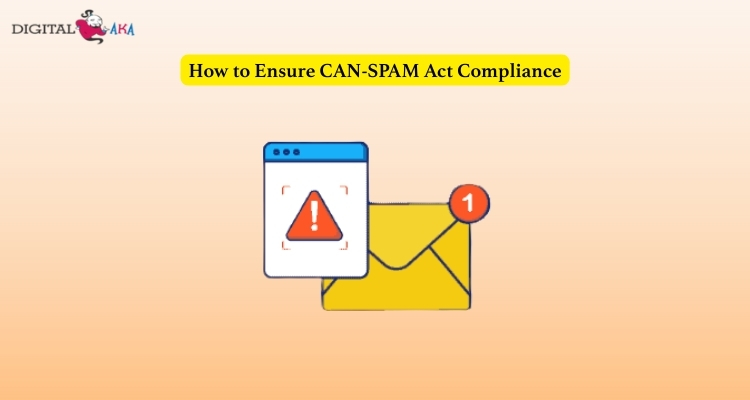
1. Use Real and Clear Sender Information
Always use your real name or business name in the “From” field of your email. Also, make sure the email address and domain are real and belong to your business. Don’t try to hide who you are.
2. Be Honest in Your Subject Line
Your subject line should match what’s in the email. Don’t use tricky words to get people to open your email. This can make people lose trust and is against the law.
3. Always Include an Easy Way to Unsubscribe
Every email must have a link or button that lets people stop getting emails from you. Make it simple and clear, like saying “Click here to unsubscribe.”
4. Include a Physical Mailing Address
You must include your business’s real address at the bottom of the email. It can be your office address or even a P.O. Box, but it must be real and active.
5. Handle Unsubscribe Requests Quickly
If someone asks to unsubscribe, you must remove them from your list within 10 business days. Use an email provider or software to help do this automatically.
6. Watch What Your Partners Send
If you hire another company to send emails for you, you are still responsible. Make sure they also follow the CAN-SPAM rules.
Understanding Key CAN-SPAM Act Rules
If you send marketing emails, it’s important to follow the CAN-SPAM Act. This law helps protect people from unwanted and dishonest emails. Here are some simple rules to understand:
First, you do not need permission to send someone a marketing email. But even without permission, the email still has to follow all the other rules in the CAN-SPAM Act.
The law applies to any commercial email. This means any email that tries to sell something or promote a product, service, or business. If the main purpose of your email is to advertise, then you must follow these rules. Also, be careful with “forward-to-a-friend” emails. These are messages that ask someone to forward the email to another person. If you reward people (like a discount or prize) for forwarding the email, you must also make sure the message follows the CAN-SPAM rules. That’s because the email is still being sent for marketing purposes.
The CAN-SPAM Act is all about being clear and honest. You should always tell people who you are, what the email is about, and how they can stop getting emails from you in the future. You also shouldn’t lie in your subject lines or hide your identity. Following the CAN-SPAM Act shows respect for people’s time and privacy. It also helps build trust between your business and your customers.
By understanding these rules and using them in your email marketing service, you can stay out of legal trouble and build a better relationship with your audience.
Navigating CAN-SPAM Act Regulations
The CAN-SPAM Act is a law in the United States that gives rules for sending marketing emails. It helps protect people from unwanted or dishonest emails while still letting honest businesses send messages to their customers. The law is enforced by the Federal Trade Commission (FTC), which makes sure companies follow the rules.
If your business uses email to talk to customers or promote products, it’s very important to understand and follow the CAN-SPAM Act. This will help you avoid trouble and build trust with your audience.
Here are some basic rules from the CAN-SPAM Act:
- Don’t take email addresses from websites without permission. This is called email harvesting, and it is not allowed.
- Don’t use open proxies to send large numbers of emails. An open proxy is a tool that hides where the emails are coming from. Using this to send bulk messages is against the law.
- Don’t guess email addresses by using common names or words. This is called a dictionary attack, and it is also not allowed.
There are other rules, too. For example, you must tell people who the email is from, make it easy for them to unsubscribe, and be honest about the content of the message.
Following the CAN-SPAM Act helps you stay legal, but it also shows your customers that you respect their time and privacy. When you follow the rules, your emails are more likely to be trusted, read, and appreciated.
Final Thoughts
The CAN-SPAM Act is a foundational piece of legislation in digital marketing. It provides both businesses and consumers with a framework for ethical and transparent communication. By understanding and adhering to the CAN-SPAM Act requirements, avoiding CAN-SPAM Act violations, and taking proactive steps toward CAN-SPAM Act compliance, businesses can avoid hefty CAN-SPAM Act penalties and maintain trust with their audience. Stay informed about changing CAN-SPAM Act regulations and always prioritize user consent and transparency.
Whether you’re a seasoned marketer or just launching your first email campaign, respecting the CAN-SPAM Act isn’t just good practice—it’s the law.
Frequently Asked Questions (FAQ)
Q1: Does the CAN-SPAM Act apply to B2B emails?
Yes, the CAN-SPAM Act applies to both B2B and B2C communications.
Q2: What happens if I don’t comply with the CAN-SPAM Act?
You could face significant CAN-SPAM Act penalties, including over $50,000 per violation fines.
Q3: Is consent required under the CAN-SPAM Act?
No, but all other CAN-SPAM Act rules, including opt-out mechanisms, must be followed.
Q4: Who enforces the CAN-SPAM Act?
The Federal Trade Commission (FTC) is primarily responsible for enforcing the CAN-SPAM Act regulations.


